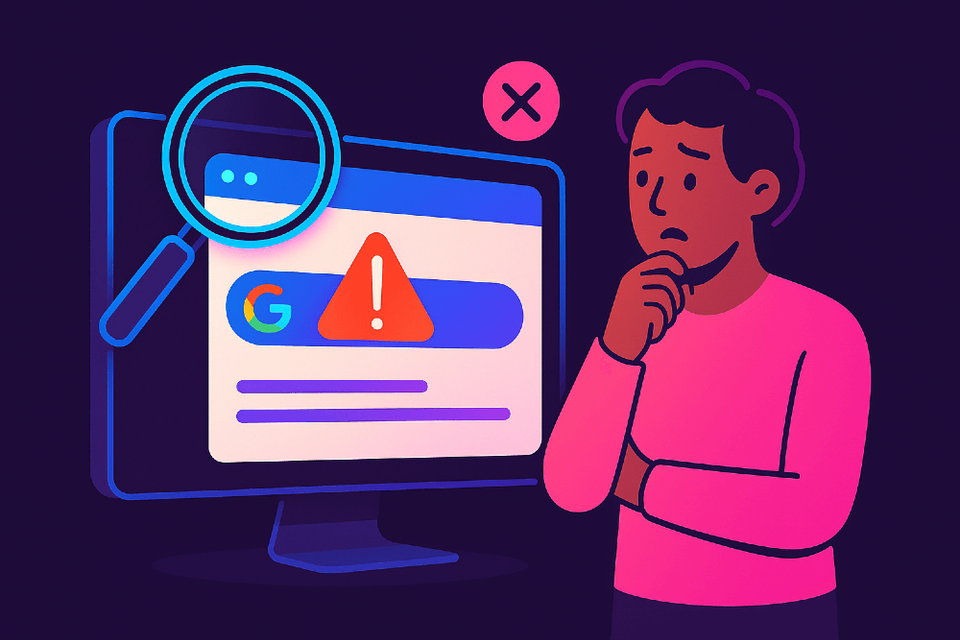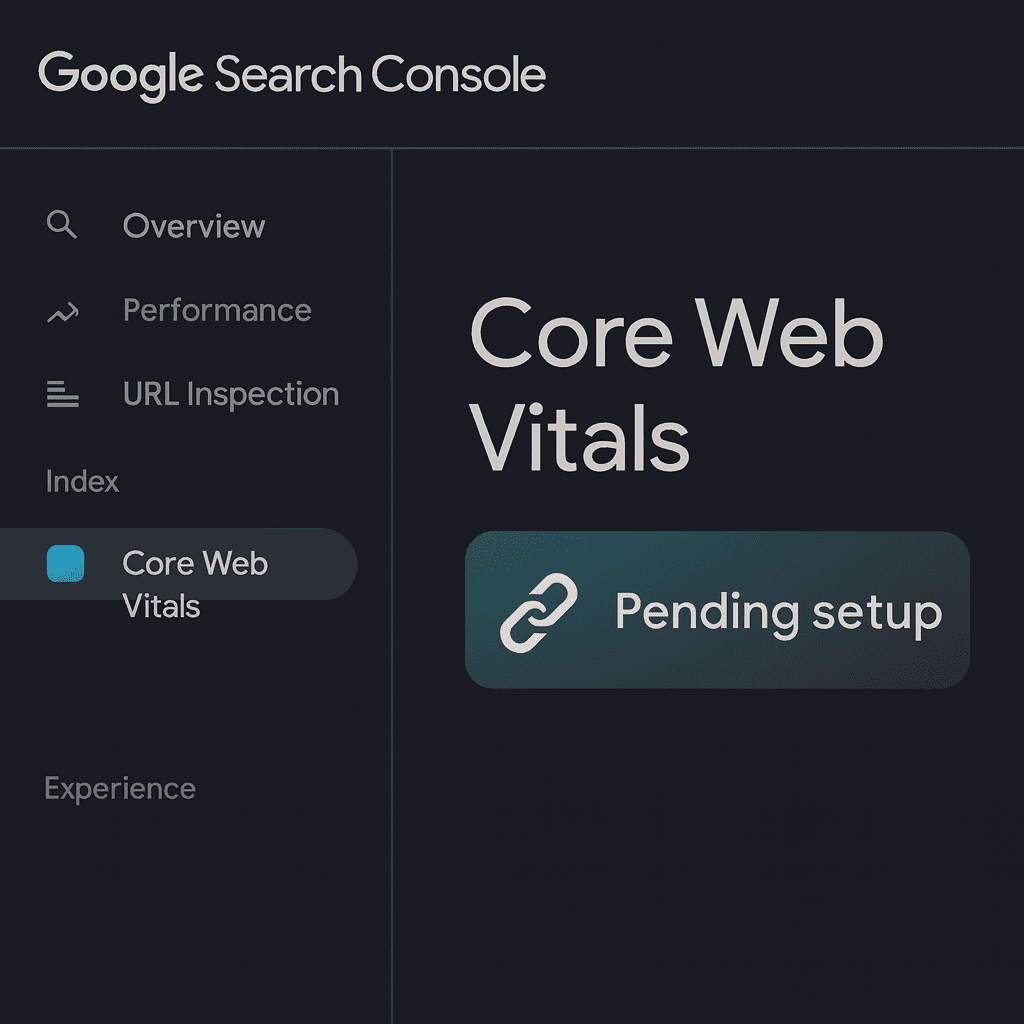How To Write SEO Friendly Slugs | Module 2.3
Your page slug is a small detail with a big SEO impact. This guide shows small business owners how to write clear, keyword-friendly slugs that improve rankings, boost clicks, and make websites easier to navigate.

Your website's URL might seem like a small detail, but the part after the last slash "/" called the slug has a big impact on SEO and user experience.
An SEO-friendly slug makes your page easier for search engines to understand and friendlier for people to click on. In this guide, we'll break down what slugs are, why they matter, and how to write them without the jargon.
What is a URL Slug and Why It Matters for SEO
The slug is simply the part of a URL that comes after your domain name.
For example:
- www.plumberbrisbane.com.au/services → the slug is
services - www.plumberbrisbane.com.au/blog/blocked-drain-tips → the slug is
blocked-drain-tips
Why it matters:
- SEO clarity – Search engines use slugs to understand your page topic
- User trust – A clear slug looks professional and helps users know what they'll find
- Click-through rates – Clean slugs encourage more clicks in Google search
Think of a slug as the label on a file folder – the clearer the label, the easier it is to find the right file.
Characteristics of an SEO-Friendly Slug
An SEO-friendly slug should be:
- Short and simple – Aim for 3–5 words
- Keyword-focused – Include the main keyword naturally
- Readable – Easy for a human to understand at a glance
- Lowercase with hyphens – Google prefers
blocked-drain-tipsnotBlocked_Drain_Tips - Timeless – Avoid dates or temporary words like "new" or "2023"
Example:
- Bad: www.cakeshop.com.au/our-best-ever-cake-recipes-2023-new
- Good: www.cakeshop.com.au/cake-recipes
Common Mistakes to Avoid with Slugs
Here are the traps small site owners often fall into:
- Leaving auto-generated slugs – WordPress might turn "Top 10 Tips for Blocked Drains" into
top-10-tips-for-blocked-drains-in-your-home-and-garden - Using numbers or random codes – e.g.
/page-id=543 - Stuffing keywords – e.g.
/plumber-brisbane-plumber-plumbing-services-brisbane - Changing slugs without redirects – This breaks links and confuses Google
Examples of Good vs. Bad Slugs for Small Businesses
Local Service Business:
- ❌ Bad: www.electricianmelbourne.com.au/page-id=234
- ✅ Good: www.electricianmelbourne.com.au/emergency-repairs
Blog Post:
- ❌ Bad: www.coffeecafe.com.au/10-things-to-know-about-how-to-make-coffee-at-home-fast
- ✅ Good: www.coffeecafe.com.au/make-coffee-home
Online Shop:
- ❌ Bad: www.petstore.com.au/products/sku12345
- ✅ Good: www.petstore.com.au/dog-leads
Quick check: Copy one of your URLs and read it aloud. If it sounds messy or confusing, rewrite it.
How to Update or Optimise Slugs in WordPress, Shopify, and Wix
WordPress:
- Edit the page or post
- Under the title, find the "Permalink" or "URL Slug" box
- Change it to a short, keyword-friendly version
- If you change an old slug, add a redirect (Yoast SEO can handle this)
Shopify:
- Go to Online Store > Navigation > URL Redirects to set redirects
- For products and pages, you can edit the slug under "Search engine listing preview"
Wix:
- Edit the page
- Click Page SEO basics
- Enter a custom slug in the URL field
Best Practices for Future Content
Once you've cleaned up your old slugs, set rules for new ones:
- Always write the slug manually instead of letting the system generate it
- Use only the primary keyword – nothing extra
- Keep them consistent across your site (no mixing underscores, capitals, or dates)
- If you ever need to change a slug, always set up a redirect to the new one
FAQs About SEO-Friendly Slugs
How long should an SEO-friendly slug be? 3–5 words is ideal – long enough to include a keyword, short enough to stay clean.
Should slugs include stop words (like "and" or "the")? No, leave them out unless they make the slug more readable.
Can I change old slugs without hurting SEO? Yes, but only if you add 301 redirects from the old slug to the new one.
What's the difference between a slug and a permalink? The slug is the part after the last slash. The permalink is the full URL.
Do hyphens or underscores work better in slugs? Always use hyphens. Google treats underscores as one word.
Key Takeaway for Small Sites
An SEO-friendly slug is one of the easiest wins for small business SEO. Clear, short, keyword-focused slugs make your site look professional and help Google understand your pages.
Flat Site Structure for SEO: Why It Matters
What is a Canonical URL Small Sites
What is a CMS and How It Helps with SEO
← Module 1: Make Sure Google Can See You
→ Module 3: Keyword & Content Planning (coming soon)



